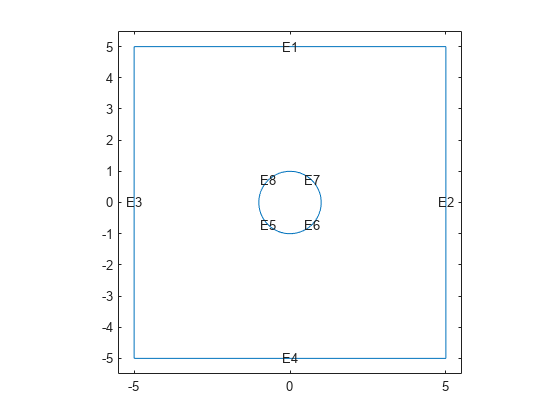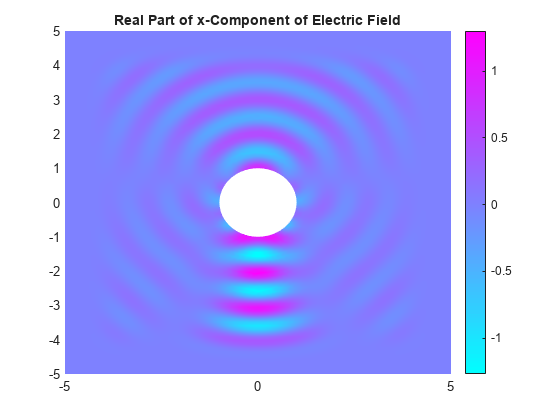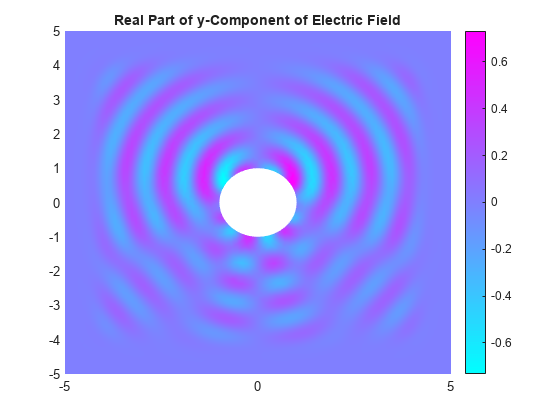HarmonicResults
Description
A HarmonicResults object contains the electric
or magnetic field, frequency, and mesh values in a form convenient for plotting and
postprocessing.
The electric or magnetic field values are calculated at the nodes of the triangular or
tetrahedral mesh generated by generateMesh. Electric field values at the nodes
appear in the ElectricField property. Magnetic field values at the nodes
appear in the MagneticField property.
To interpolate the electric or magnetic field to a custom grid, such as the one specified
by meshgrid, use the interpolateHarmonicField function.
Creation
Solve a harmonic electromagnetic analysis problem using the solve function. This function returns a solution as a HarmonicResults object.
Properties
Object Functions
interpolateHarmonicField | Interpolate electric or magnetic field in harmonic result at arbitrary spatial locations |
Examples
Version History
Introduced in R2022a


